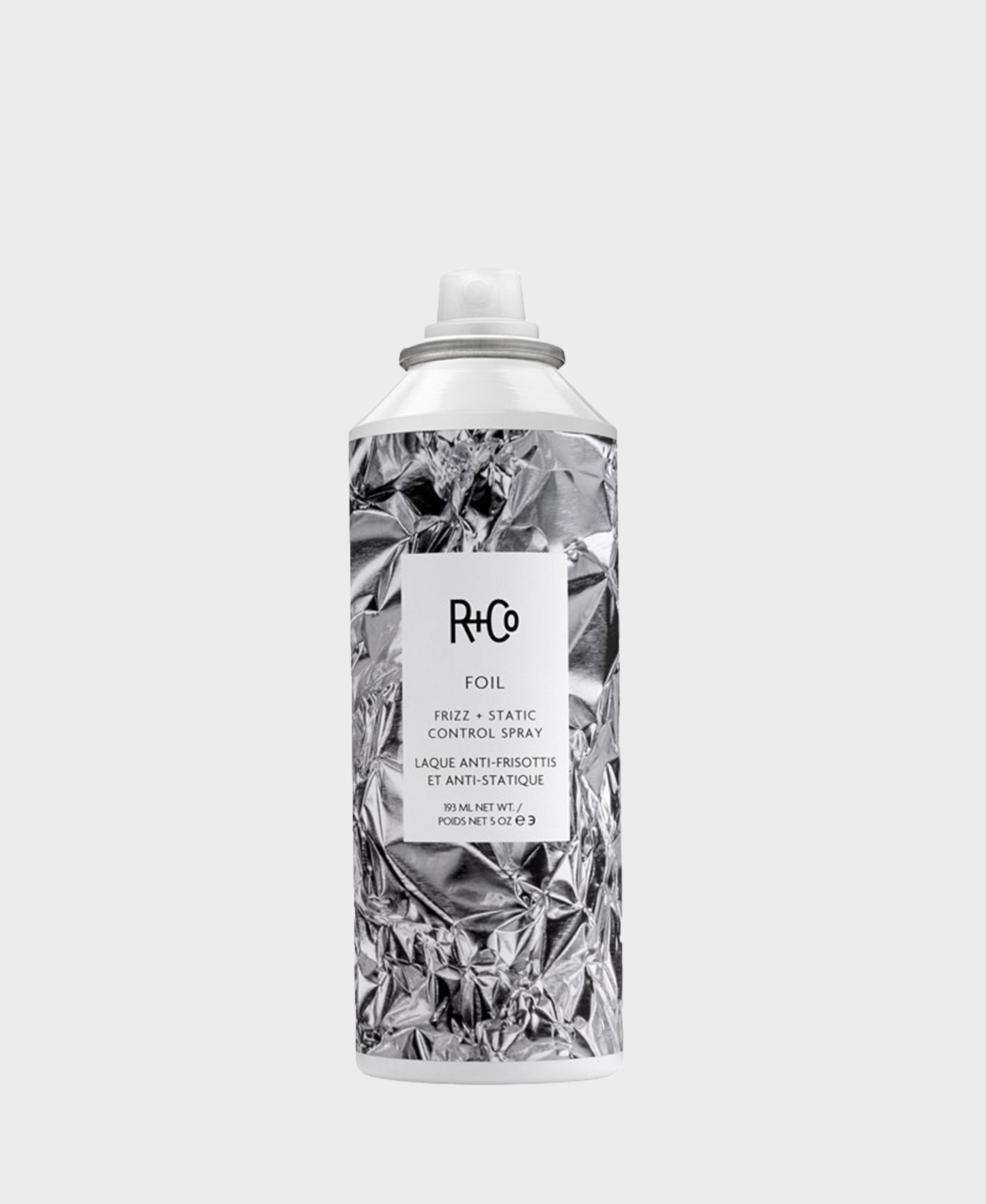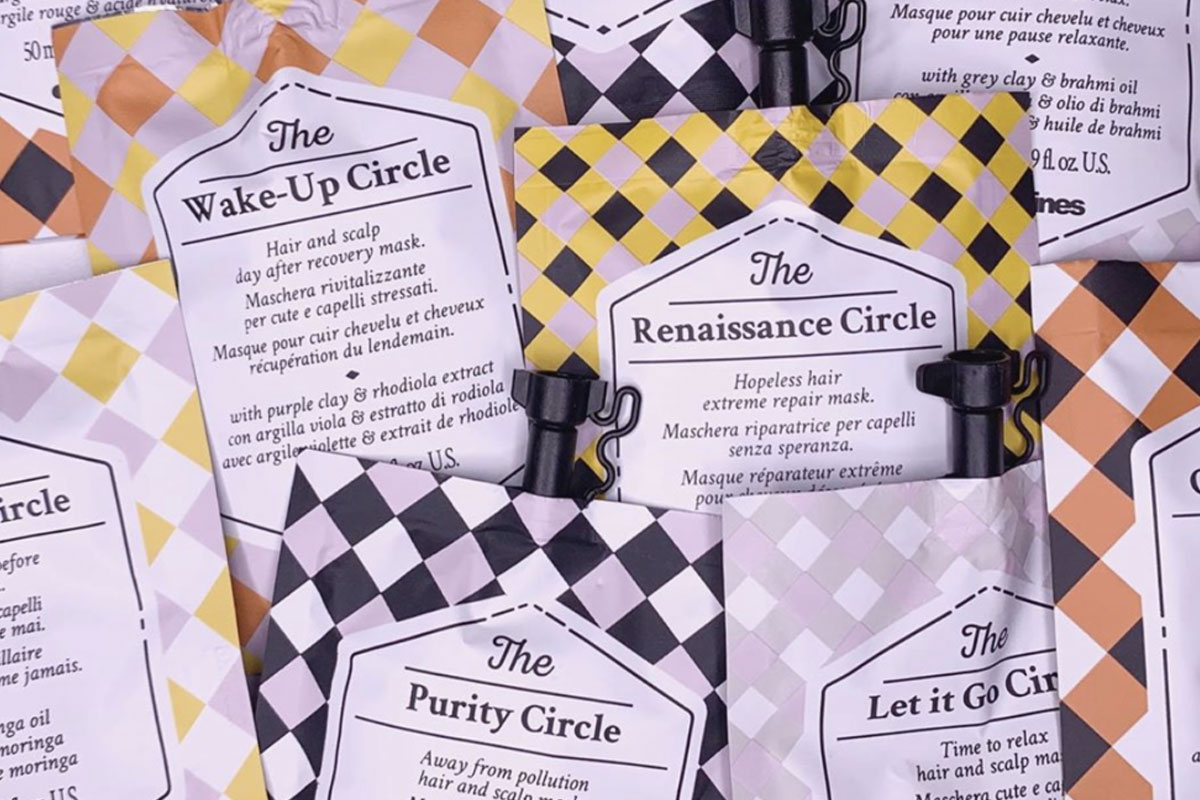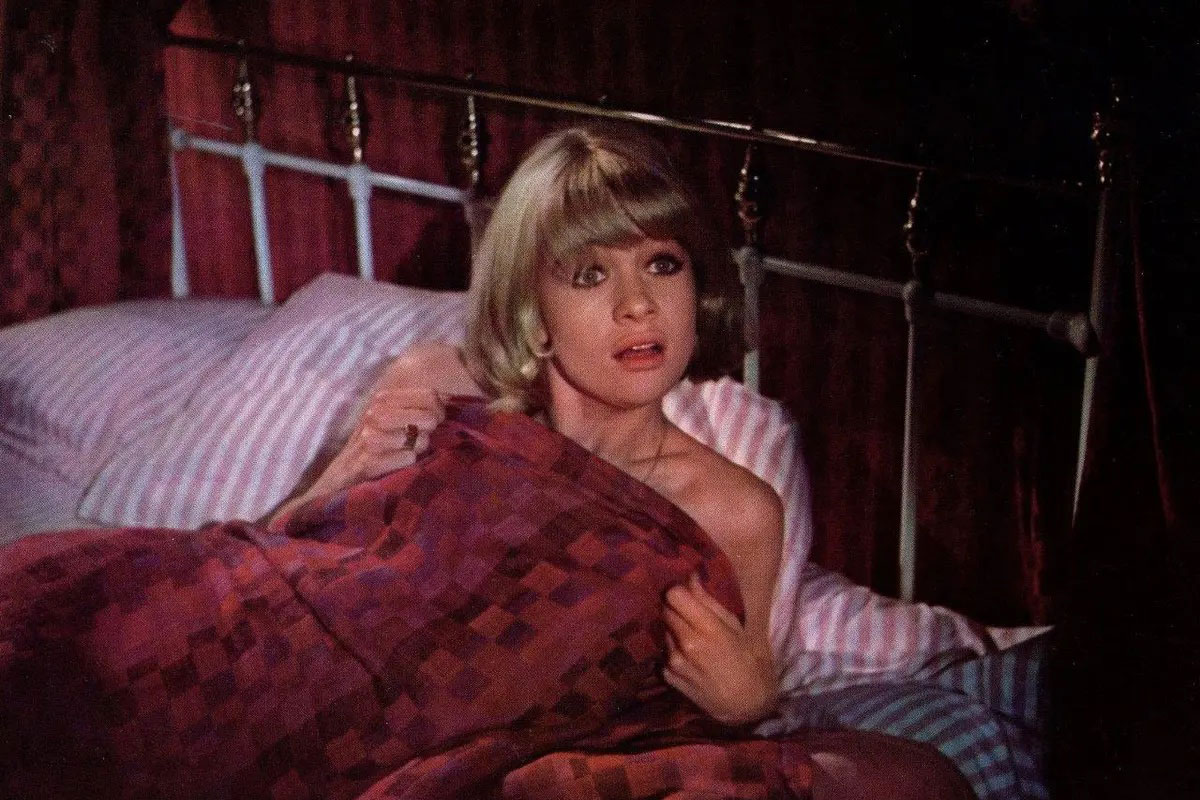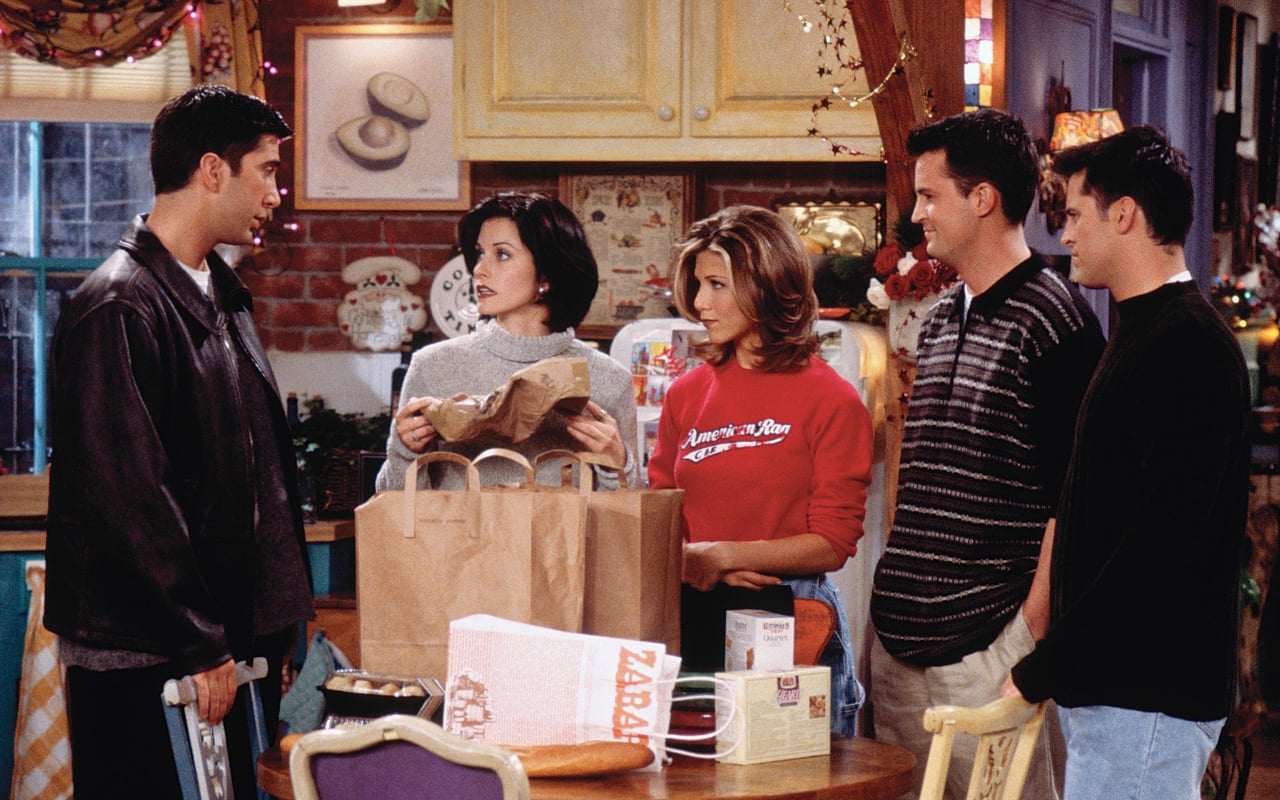
Quick drying, less frizz, easy to manage, fine hair has some good things going!
While you are probably the target for volumising hair products and articles telling you secrets to a full-bodied head of hair as you scroll your phone minding your own business when really your dream is shiny, long hair and a style that lasts all day.
Like all hair types, fine hair requires maintenance and specific products that will help you achieve your hair goals, optimum health and some banging styles. Whether you want to amplify what you've got or looking to turn up the volume, we are here to unpack your hair woes and guide you towards your finest hair yet.
But first...
Is my hair fine or thin? What's the difference?
Fine hair is characterised by fine strands that are small in circumference with a smooth, silky feel as opposed to thick hair which has coarse strands. It can vary in density meaning you can have fine hair that is super thick with a lot of individual strands or sparse with fewer strands. Overall fine hair is pretty manageable and easy to style with the right products in hand.
Thin hair is characterised by fewer individual strands of hair on the head no matter how thick they are, this can mean less volume and coverage on the scalp. This can make styling a bit more of a challenge as it lacks fullness and volume.
TOP 6 CONCERNS
- Turn Up The Volume
On a scale of min to max, fine hair might come in at a whisper in terms of volume. We know that the never-ending search for a volumizing regimen that plumps strands up and builds body in all the right places is ongoing, and you're willing to give everything a go at least once.
We'll take the risk of sounding like a broken record here; the best regimen for achieving your hair goals starts in the shower. If you want to increase volume, select a volumising or plumping shampoo and conditioner and start there.
- Go for gentle, non-stripping shampoos that maintain fine hair’s delicate outer layer
- Your conditioner should be lightweight, nourishing, plumping and strengthening without weighing down those fine strands
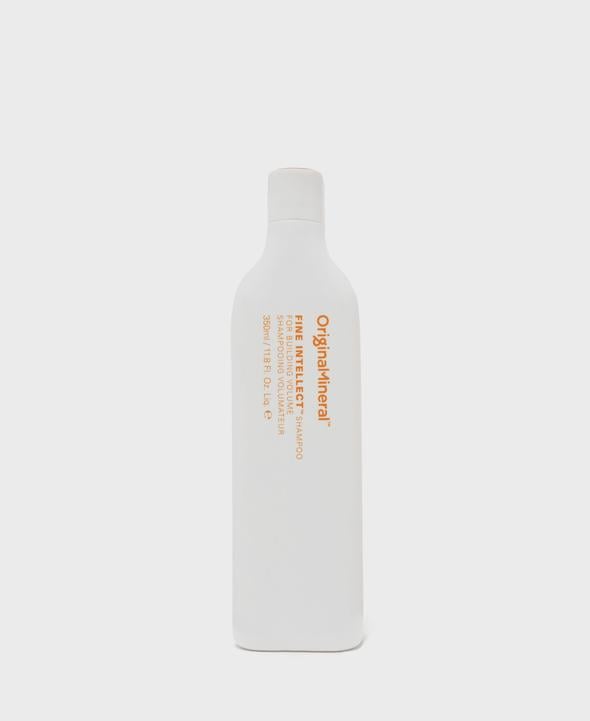
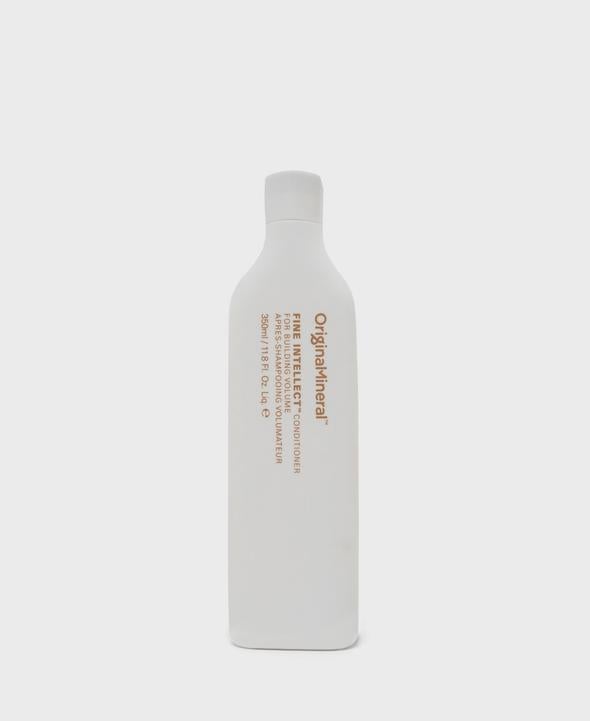

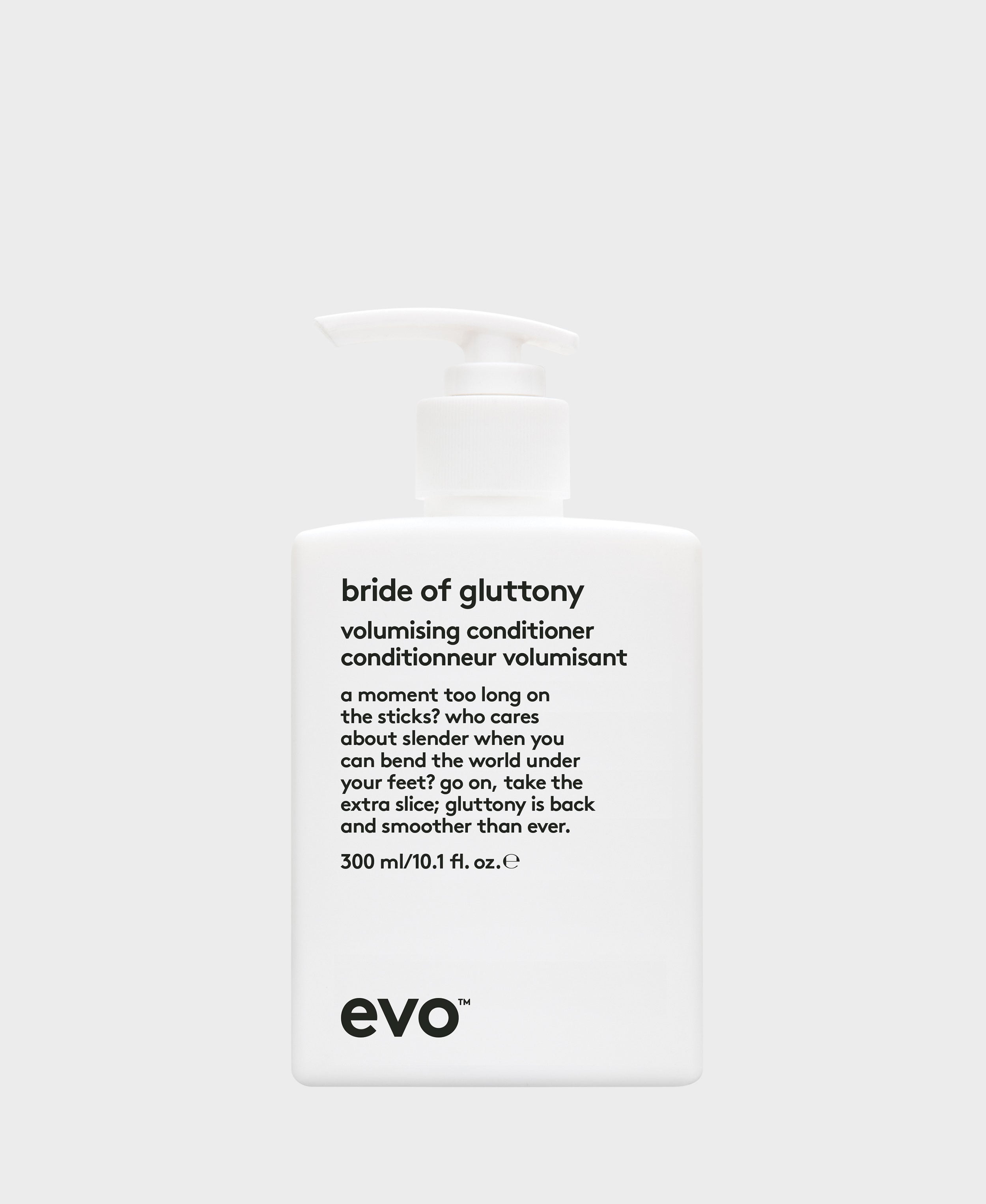
- Slip Zone: Oily Roots + Greasy Hair
Wash your hair, dry your hair, style it and by midday your roots are already oily, WTF? The reason is fine hair = more strands = more sebaceous glands. As for the rest of the hair shaft; because the hair tends to be smoother and less porous than coarser hair types, the oils sit visibly on top of the hair giving it that greasy look and feel. Oily, greasy hair: it's super common and collectively frustrating.
You may feel like you need to wash your hair daily, and that's ok but 2-3 times per week is ideal if you can handle it.
- The golden rule: Shampoo your roots where a cleanse is needed and condition the ends where moisture is needed
- Dry shampoo is great, however too much can lead to clogged follicles so we recommend saving it until the day before wash day to soak up excess oils and push out that hair wash another day.
If oily roots are one of your top concerns, Here are some more insights, tips and possible solutions.


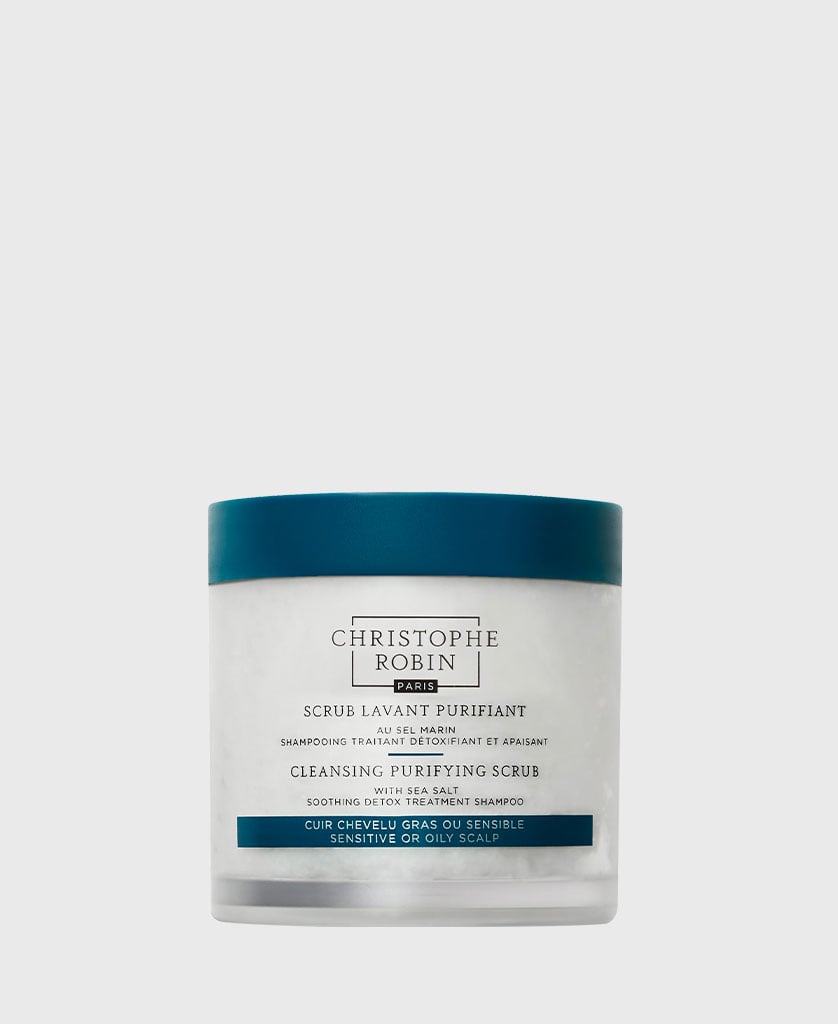
- Tangled Up
Like untangling a delicate knotted chain, deep breaths and a calm state of mind are required to remove knots and tangles without causing breakage (ouch) and damaging the hair.
There are a myriad of things you can do to keep tangles on the DL:
- Detangle with a wide-tooth comb while conditioning
- Use a microfiber towel to blot the hair dry and avoid friction
- Brush your hair with a boar bristle brush to minimise knots and distribute oils from your scalp through your ends. Be sure not to overbrush as this could over stimulate the scalp and increase oil production
- Use a gentle detangling leave-in conditioner

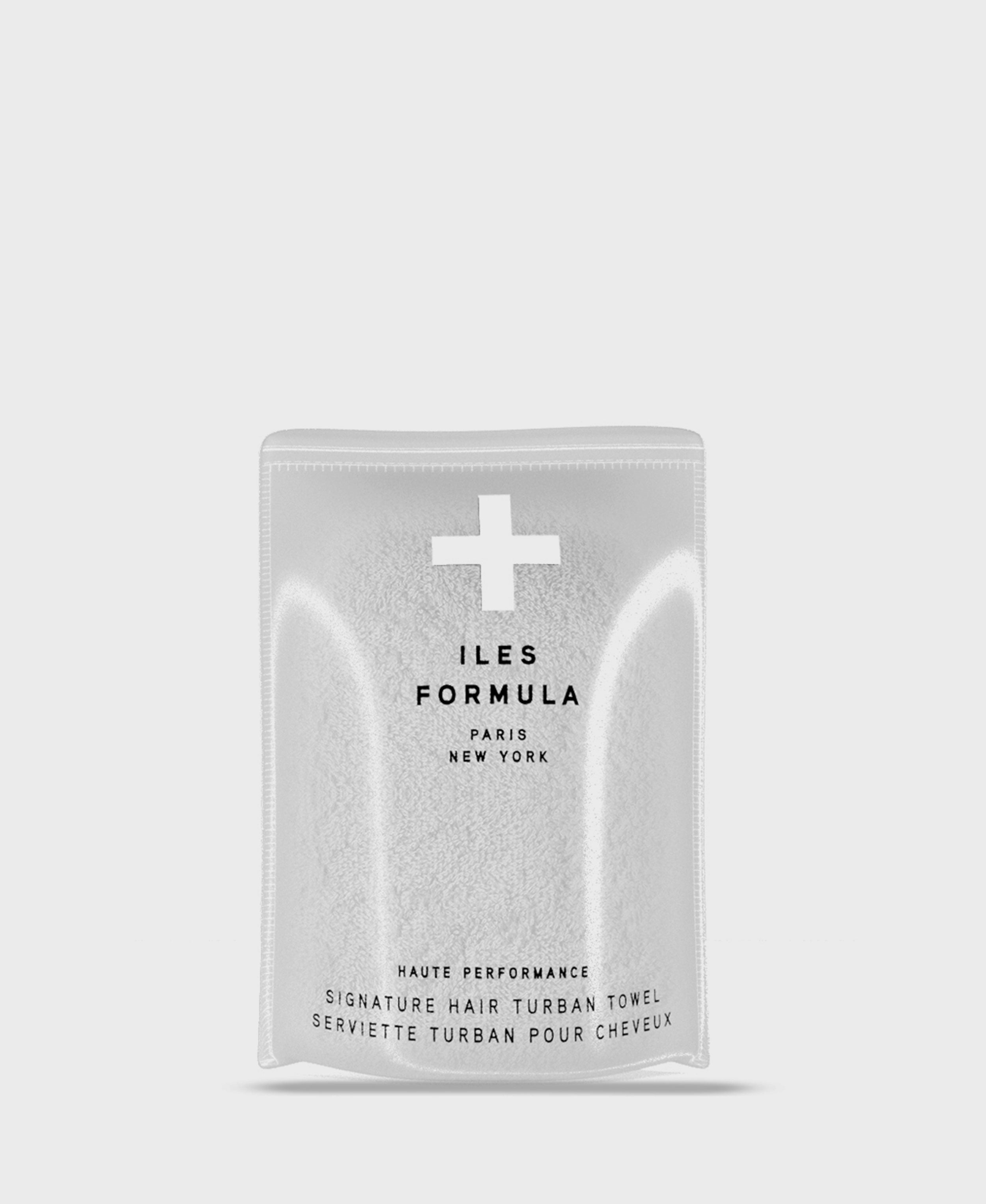


- Damaged strands
Fine hair is characterised by a smaller inner core and thin cuticle layer, containing about 50% less protein than thick hair which makes those delicate strands vulnerable to breakage.
Some common causes of breakage include Overwashing; which can strip away natural oils, leaving it dry and more prone to breakage. Overstyling; heated tools can strip away natural moisture to cause breakage or weaken the hair's structure, leading to split ends and frizz. Chemical treatments; your colour service might be the reason your hair is dry with a loss of elasticity.
- Incorporate a gentle haircare regimen into your routine to help prevent damage to your fine hair. Look for products that provide hydration and protection without weighing down the hair.
- Minimize the use of heat styling tools or use on a low setting and always apply a heat protectant spray to shield your hair from damage.
- Getting regular trims can help prevent split ends from travelling up the hair shaft and maintain healthy ends.

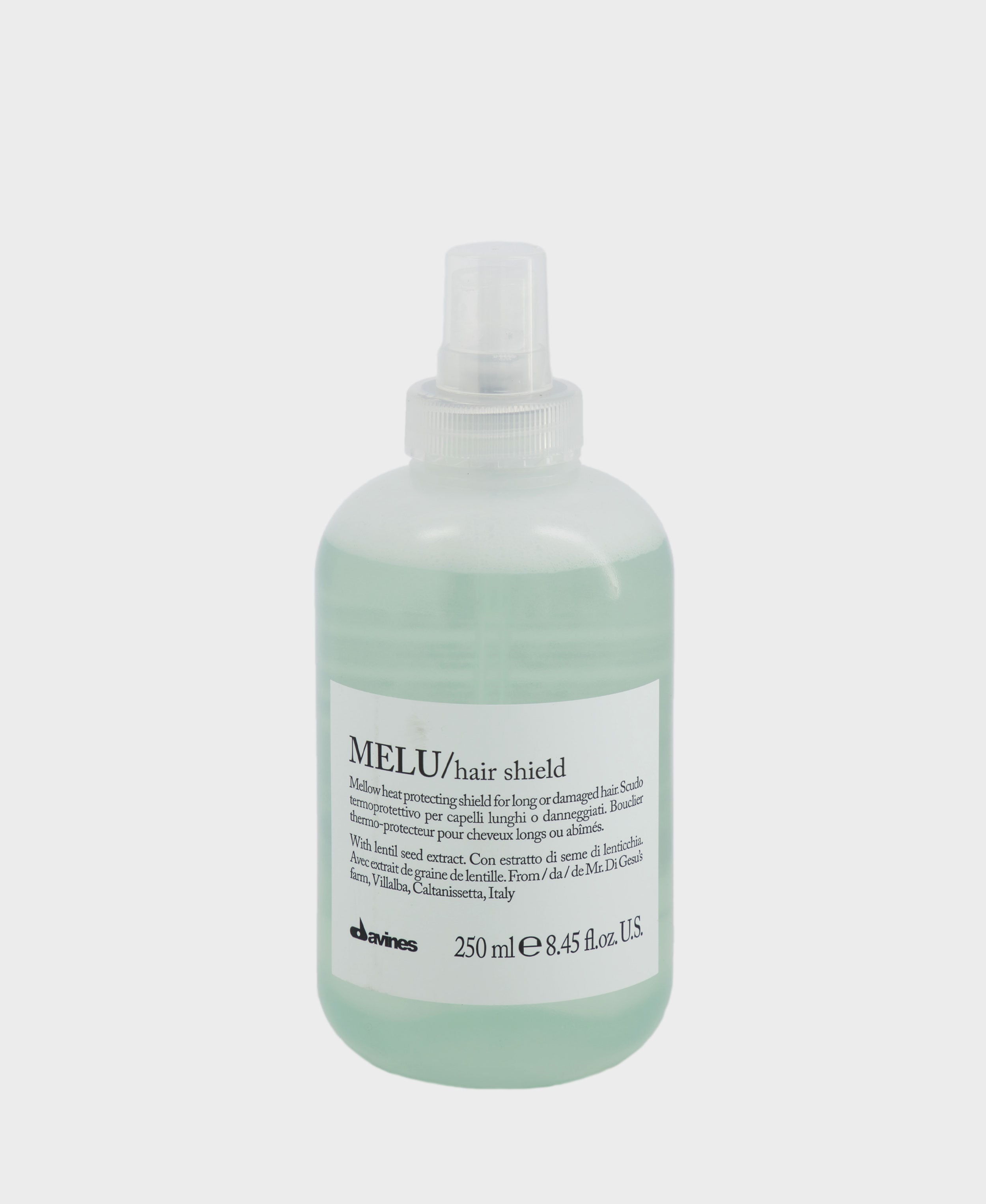
- Falling Flat
Attempting to pull off an epic volumised look only to have your hair, hopes and dreams fall flat before you've walked out the door? It's tricky business selecting products that will meet your fine hair needs. As a general rule stay away from the heavyweights such as pomades, oils, and waxes as they can coat your strands and weigh the hair down.
- Go for lightweight products that add moisture and volume. Anything from volumising mousse and powder to texturizing spray, salt spray and flexible hair spray.
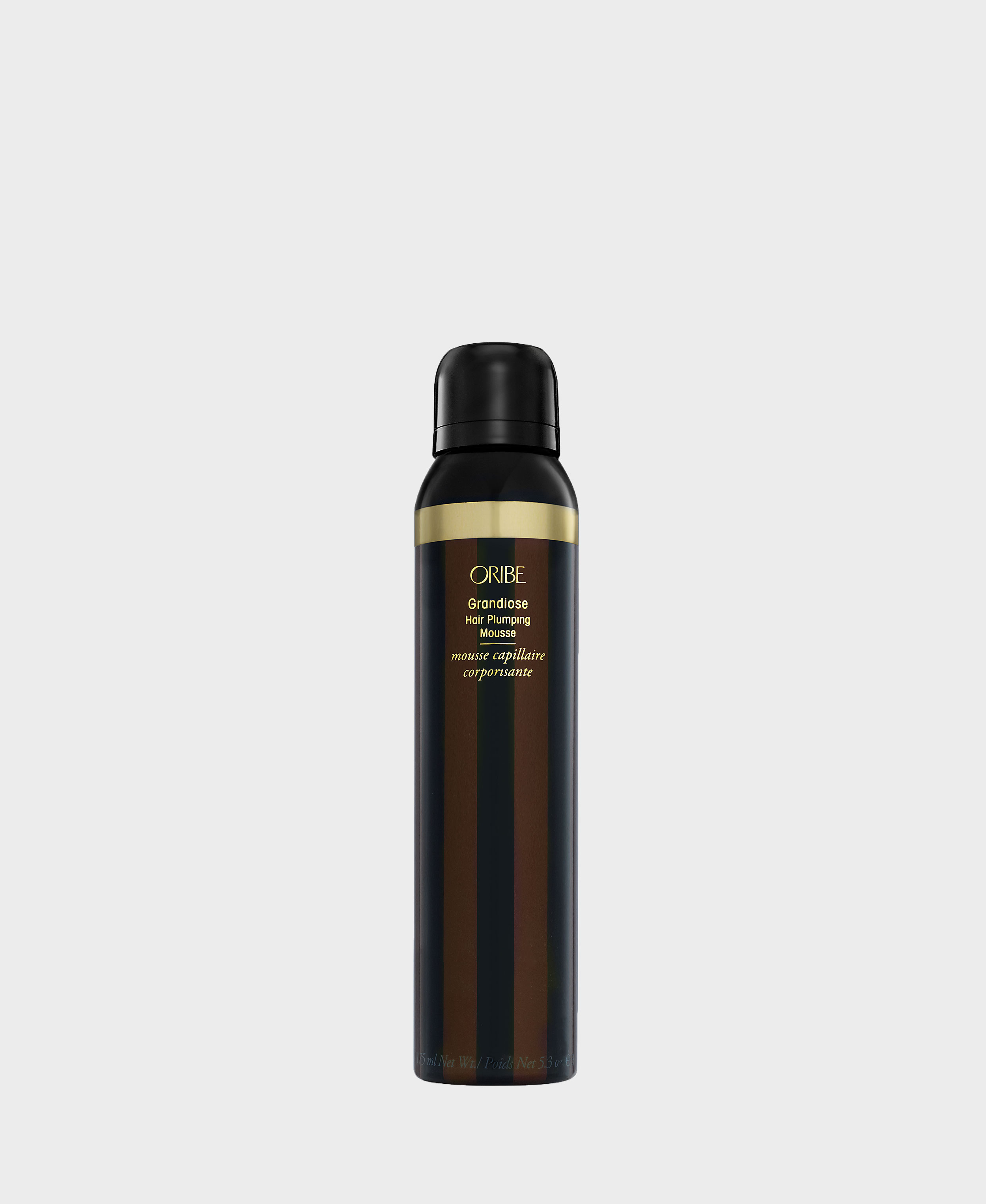


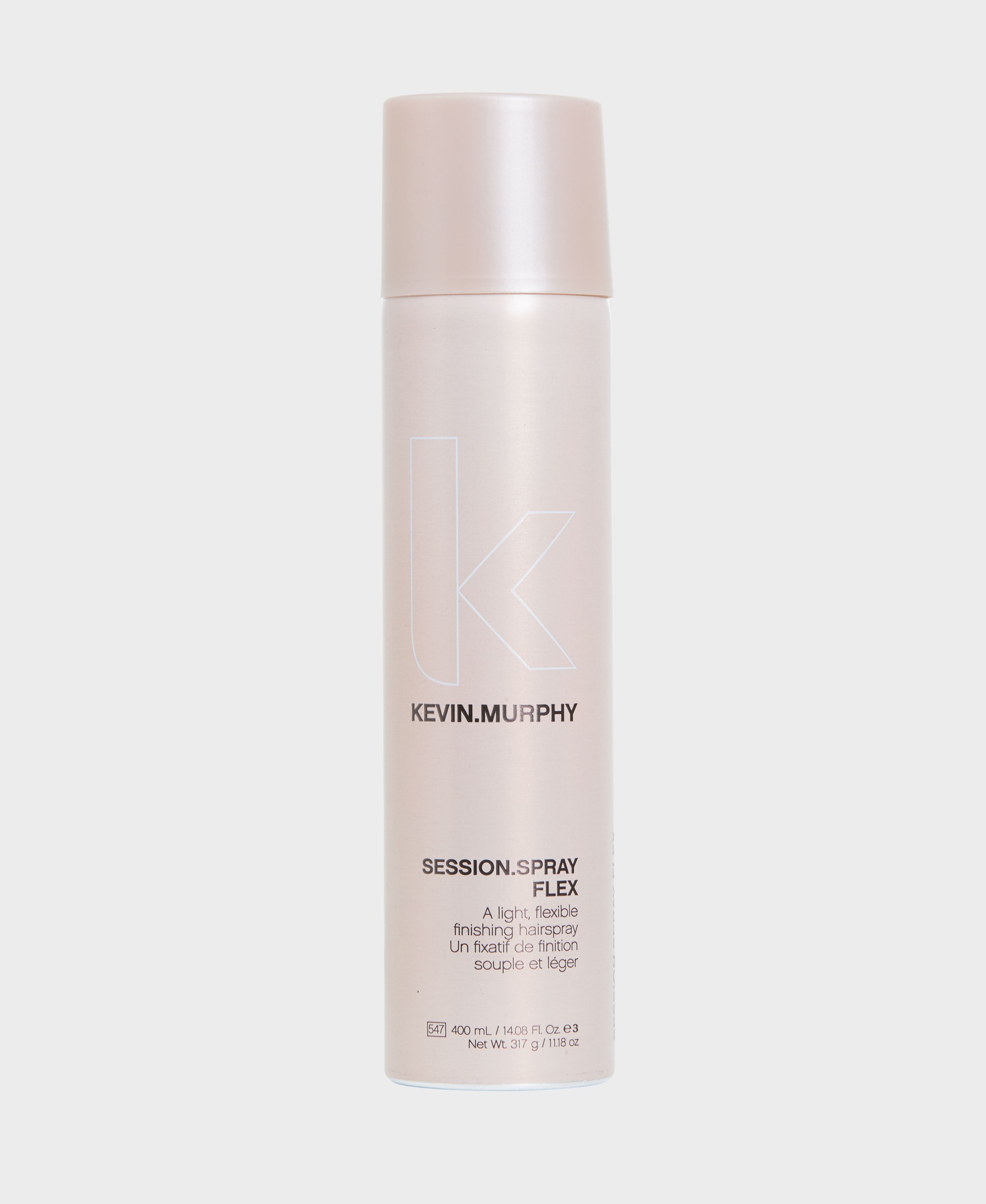
- Flyaways and Static
Fine hair is more prone to static because of its lightweight nature and lack of natural texture. Static occurs when hair becomes charged with static electricity, causing individual strands to repel each other and stand on end.
- Combat those charges with a lightweight leave-in conditioner or hair oil to help add moisture to fine hair, reducing the likelihood of static buildup.
- If your hair is fully charged, check this out for more ways you can manage those unruly strands.
